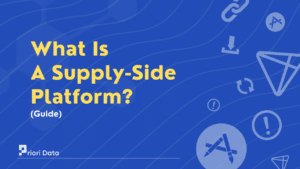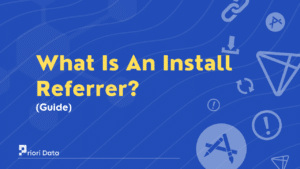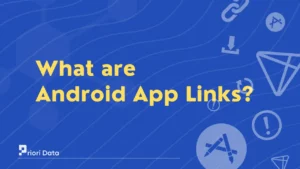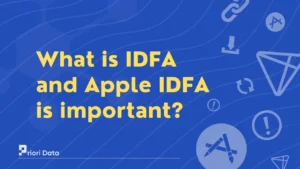A mediation platform refers to the process of managing ad networks in a single SDK integration.
This mediation platform utilizes optimization algorithms to identify the most suitable ad network. So, they can connect with a range of ad networks and optimize their inventory to achieve the highest CPM.
By mediation, they can increase revenue by reducing the need for manual efforts. In this way, they provide an efficient approach to managing ad monetization.
A mediation platform is a solution used by publishers to optimize their revenue from ads. It allows publishers to receive bids from various sources to display ads on their sites.
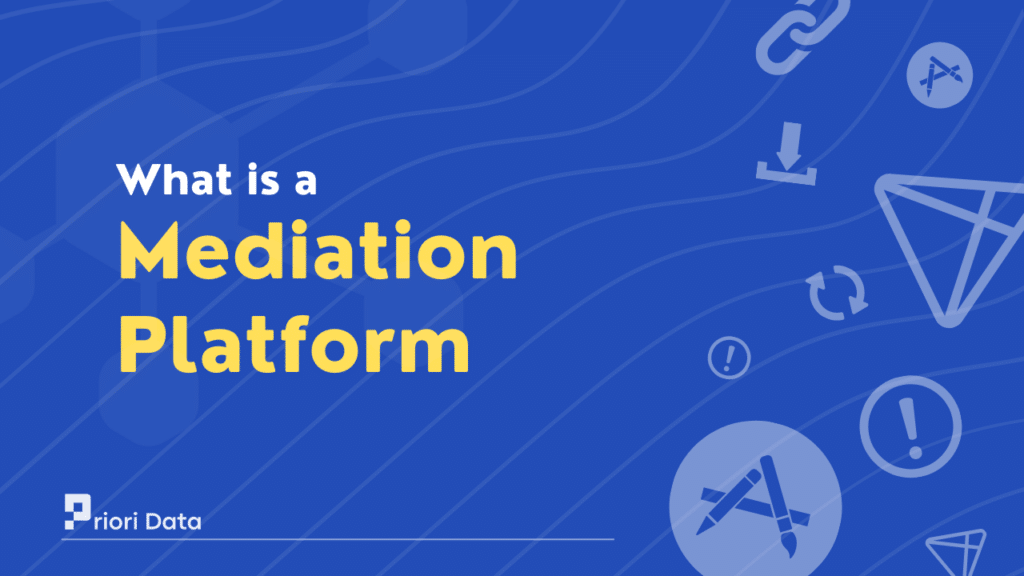
What is the importance of mediation platforms?
One of the advantages of using a mediation platform for an app is the potential to increase ad revenue.
Mediation platforms can fill ad inventory with the highest-paying ads available. By utilizing multiple ad networks and checking the CPMs of each one. This ultimately can result in a revenue increase for app monetization purposes.
Mediation platforms can also streamline to manage ad networks integration into one SDK. This can be useful for the ones that consist of too many SDK integrations. This can impact negatively the user experience and the performance of the app.
As this type of phenomenon is called SDK bloat. By reducing the number of SDKs required, they ensure running the app smoothly.
Some mediation platforms are also equipped with auto-optimization algorithms. This can improve performance and save time and resources than manual ad networks.
This feature helps to ensure that the ads served to users are relevant and engaging. That can result in increased user retention and lead to more revenue from the apps.
What are the benefits of using mediation platforms?
1. High Revenue
Ad mediation can enable access to many ad networks from one SDK integration. By using this, ad mediation can fill the app’s inventory with the highest-paying ads.
This in turn increases the app revenue resulting in the outcome. It helps publishers to maximize their ad revenue through continuous monitoring.
2. Single SDK integration
They can streamline various ad networks by a centralized point through SDK integration. With this, publishers only need to integrate a single SDK, that consists of all the networks.
This saves time and resources while also improving app performance and user experience. The app becomes inconsistent if there are many SDKs to integrate as it slows down the app.
3. Improved User Experience
Ad mediation can help ensure that the ads served to users are relevant and engaging to users.
Mediation platforms use optimization algorithms to determine the most suitable ad network. Choosing an optimal network for a given ad request, for higher-quality ads to serve users. This can lead to increased user retention and a better user experience.
4. Reduced SDK Bloat
Ad mediation helps to reduce SDK bloat, which occurs when an app has too many SDK integrations. That results in slower app performance and irregularities in the user experience.
Consolidating ad networks into a single SDK integration can help an app run smoothly. This provides monetization strategies to increase higher revenue and optimize it if needed.
5. High CRM rates
By connecting with various ad networks, they can increase CPM rates for publishers. The competition created by advertisers for impressions results in higher CPM rates.
Without ad mediation, publishers would have to rely on a single offer to sell their inventory. This results in lower CPM rates and reduced revenue potential.
How do mediation platforms work?
When an ad requests from the app, the mediation platform ensures to give the highest fill rate and eCPM.
It uses algorithms to identify ad networks to fill the inventory with the highest eCPM. This optimization ensures that the waterfall model can use for the highest revenue.
Once the ad mediation platform has selected the ad network for the ad request, it serves the ad to the app.
If the selected ad network is unable to fill the ad request. Then, the platform will send the request to the next highest-ranked ad network.
Ad mediation platforms also provide publishers with a dashboard to track their performance.
This dashboard allows to view how their ads are performing across different networks. This also identifies the optimal networks and optimizes their ad placement strategy.
Ad mediation platforms help to maximize their ad revenue and automate the optimization. This saves time and resources for the publisher. It ensures the highest possible eCPM rates for each ad impression.
What are the two bidding techniques on ad mediation platforms?
The two main bidding techniques are waterfall and header bidding.
1. Waterfall Bidding
Waterfall bidding is a traditional method in that ad networks rank in a predefined order. When a platform receives an ad request from an app, it sends the request to the ad networks in the order of priority.
If the first network is unable to fill the request, the mediation platform moves on to the next network. By following the priority list until the ad request gets filled.
The main advantage of waterfall bidding is that it is easy to manage and set up. Publishers can add or remove ad networks from the priority list on their performance. They can be ensuring a large amount of revenue from their ad inventory.
2. Header Bidding
Header bidding is a more advanced bidding technique that allows ad networks to bid on an ad request. Unlike waterfall bidding, header bidding sends the ad request to all the ad networks. They allow them to bid simultaneously in real-time before it gets served.
This ensures that the highest bidder wins the ad request, resulting in competition. The main advantage is that it can provide more transparency in the bidding process.
This bidding enables publishers to maximize their revenue potential. Header bidding requires more advanced setup and management than waterfall bidding.
FAQs
Ques 1: What is mobile mediation?
Ans. A mobile mediation is a tool to manage and optimize multiple ad networks. It results in higher ad revenue by selecting the best ad network to serve ads based on real-time analysis.
Ques 2: What is mediation in networking?
Ans. It is the process of routing ad requests to multiple ad networks to increase revenue.
Ques 3: What is mediation in Google ads?
Ans. Mediation in Google Ads is a process to serve ads to increase the revenue from the apps.
Ques 4: Why is mediation used?
Ans. Mediation increases ad revenue by optimizing the ad-serving process. It is done through the use of various ad networks and advanced algorithms.
Ques 5: What are the 3 benefits of mediation?
Ans. The three benefits are higher revenue, improved user experience, and simplified ad source.



